Humans don’t actually need that much to survive: food, water and shelter. You can even skip food and shelter for a few days—but you can’t live long without water. So when you’re out in the backcountry, having a reliable water source is essential. Yes, I suppose you could drink water straight from a stream, but I tried that once—the next two days I suffered the worst stomach cramps and stinkiest gas of my life. Never again. Ever since then, I’ve made sure to filter my water, and I’ve had a lot more fun in the woods!
Why it’s a good idea to treat your drinking water
Drinking water from a stream is an unnecessary risk. Want to know why? There’s really only one reason: it could make you sick. Who knows what’s upstream? There could be a beaver living up there and that clear water you’re looking at could be full of its fecal matter. There could be a dead deer. You simply don’t know what’s in there.
This risk goes beyond avoiding drinking from water sources close to farms where runoff could occur, or from obviously polluted lakes. Almost every body of water is full of contaminants. Protozoa, bacteria and viruses are all the things you want to avoid putting into your body.
So what do those nasty little things do?
Protozoa
Protozoa are the largest pathogenic microorganisms, measuring in at one micron (one-thousandth of a millimeter) or more. Ingesting them causes things like giardiasis. Commonly known as beaver fever, the Coles Notes go like this: you don’t want it. Ingesting the giardia parasite can cause diarrhea, abdominal pain, nausea, etc. The complications from something like beaver fever can go on for months or even years if it becomes a chronic infection.
Bacteria
Bacteria are ubiquitous in most bodies of water and can generally be consumed without harm. The odd few, however, trigger diarrhea and dysentery. Most measure about one micron in size, though some particularly dangerous ones, like E. coli, are smaller.
Viruses
Viruses—which can be smaller than 0.1 microns in size—are less of a concern in North America. Polio is an example of a virus that can come from untreated water. They’re more of a concern in developing countries, but certainly nothing you want to mess with.
In conclusion? You don’t want any of these things in your body. Best to clean your water.
Ways to treat water
Making water potable in the backcountry is an essential skill, but there are many ways to do it. Things to take into account are cost of the equipment, speed at which water can be cleaned, the resulting flavor of the water, maintenance of the device, and what the treatment method is effective against.
Boiling
Tried and true, boiling water is a guaranteed way to kill any “bugs” in your water—meaning, it is effective against protozoa, bacteria and viruses. In my mind this is a last resort—it’s time consuming, fuel consuming and it still may taste awful. The guidelines have changed over the years, but these days they suggest boiling for at least one minute (three minutes above 6,500 feet altitude). It’s a solid backup plan if your filter quits working or you run out of chemicals. There is no gear required to do this other than a fire and a pot, so it’s easy on the wallet.
Chemicals
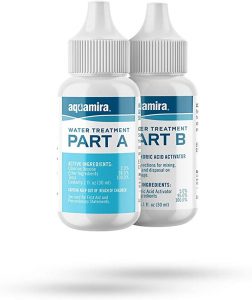
Adding chemicals to your water is another classic way of treating water in the backcountry. Common chemicals include bleach, chlorine, iodine and chlorine dioxide. All of these are highly effective in killing viruses and bacteria, but there are varying claims about their effectiveness on protozoa.
The official position of the Centers for Disease Control and Prevention (CDC) is that iodine, chlorine and bleach are not effective against protozoa such as cryptosporidium and have a low to moderate effectiveness against giardia.
Chlorine dioxide is unstable and is prepared by mixing two chemicals when needed. Some claim it is effective against protozoa, including giardia and cryptosporidium. However, the CDC maintains that it has a low to moderate effectiveness against cryptosporidium and a high effectiveness against giardia.
It should be noted that bleach and chlorine destroy intestinal microorganisms known to aid in digestion, so they aren’t a great long-term solution. As well, iodine in particular (but possibly all chemical treatments) should not be ingested by pregnant women. Pregnant women, (parents on behalf of) young children and those with preexisting health conditions should consult a doctor before using chemicals to treat their water.
The effectiveness of chemical treatments is dependent on many factors, including the temperature of the water, the concentration of the chemical, the cloudiness of the water, the pH level of the water, and how long the chemical is given to treat the water before being ingested. For these reasons, the CDC recommends coupling any chemical treatment with water filtration to ensure full protection from viruses, bacteria and protozoa.
Chemicals do provide a cheap, simple and lightweight solution to water treatment. Make sure to closely follow the manufacturer’s instructions on how much to use and how long to wait before drinking the treated water. Another downside to using chemicals is that they can sometimes make the water taste undesirable. This can often be remedied by adding flavored powder to mask the taste. However, on a hot day you might not care very much about how the water tastes!

UV light
New to the world of backcountry travel is the UV light filter. Much like UV filters used in homes with wells and septic systems, UV light disrupts the DNA of bacteria, viruses and protozoa making them harmless. Generally, you dunk the light in your cup or bottle of water, turn on the light and let it run for the suggested amount of time (generally about 90 seconds).
Of course, the downside to UV light systems is they need batteries and they don’t remove particles from turbid water. As well, they will not be as effective in water that is very cloudy, which means it’s important to couple UV treatment with water filtration.
There are a number of options available and they seem to run anywhere from about $75 to $200.
Filters
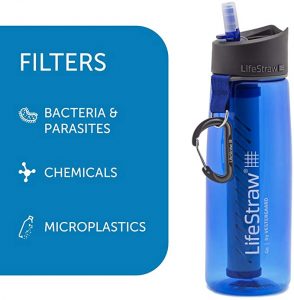
Filters are generally the most popular way of cleaning water in North America. Water filters force water (by way of pumping or gravity) through microscopic pores.
According to the CDC, filters are highly effective at removing protozoa, including giardia and cryptosporidium, from water. When using a 0.3 micron (or smaller) filter, they are moderately effective at removing bacteria. However, they are not effective at all against viruses. Once again, this makes it necessary to pair filters with either UV light or chemical treatment.
Gravity filters involve very little work on your part, but some wait time. You simply fill the provided bag with water, hang it in a tree, and let the water filter down through a tube and into your water container. These types of filters generally cost $100 to $150. A hand pump filter will take less time, but requires more work as you’ll need to manually pump to run water through the intake tube, into the filter, and through the output tube into your water container (generally speaking). These filters can cost anywhere from $100 to $400.
There are variations on filters, such as straws that allow you to drink directly from a water source or squeeze filters.
Filters do require some maintenance. They will need to be cleaned after a given number of liters of water.
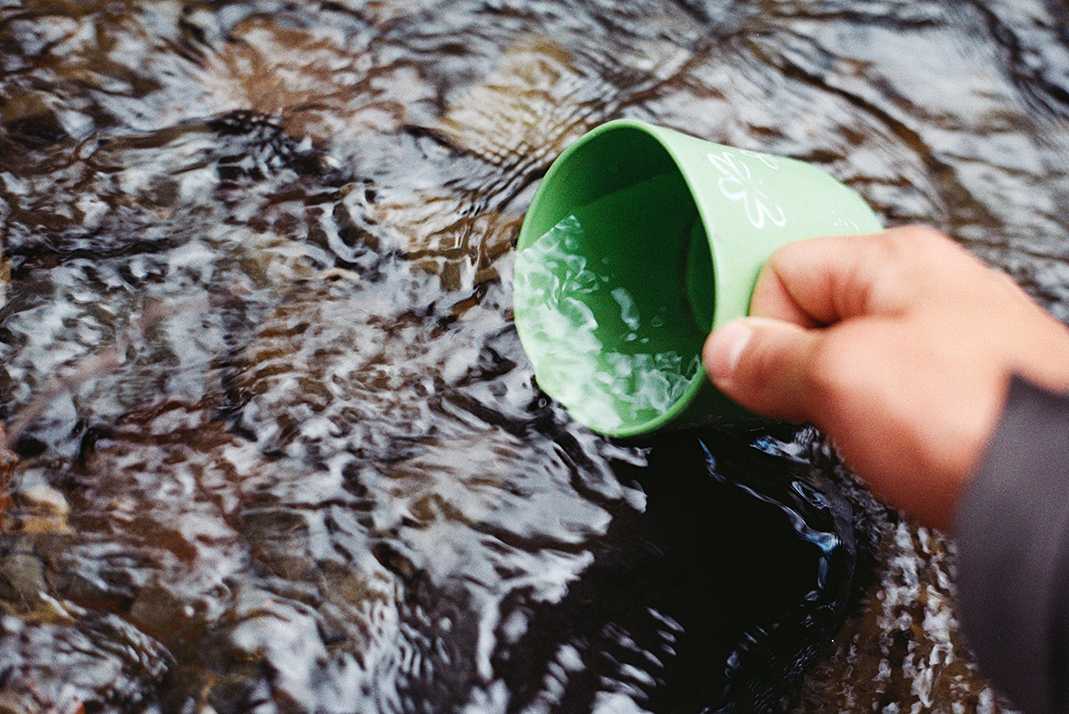
How to collect water
Once you know how you’re going to treat your water, there are some guidelines on where to collect that water from. Obviously standing pools of water are a no-no. Stagnant water is a breeding ground for all the things you don’t want to put in your body. You also want to avoid bodies of water that are close to grazing animals or other campsites.
Flowing water is the ideal situation. Try to get it from a higher elevation, or closer to the water’s source. Be sure to use a clean container and remember to wash your hands before collecting water. If you have to collect water from a lake, try to do so away from shore and collect from the top couple of inches of the water body.
Best practices
When it comes to cleaning your water in the backcountry, common sense prevails. If you’re worried about your water source, try to find another one. If that isn’t possible, you can always combine a couple of the above techniques to ensure your water is safe. It’s always best to start with the cleanest water possible; allow silty water to settle in a pot before pumping or treating.




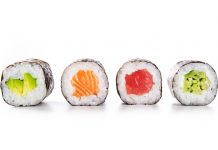
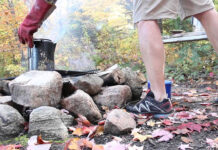



Why is the top couple of inches in a lake considered safer?